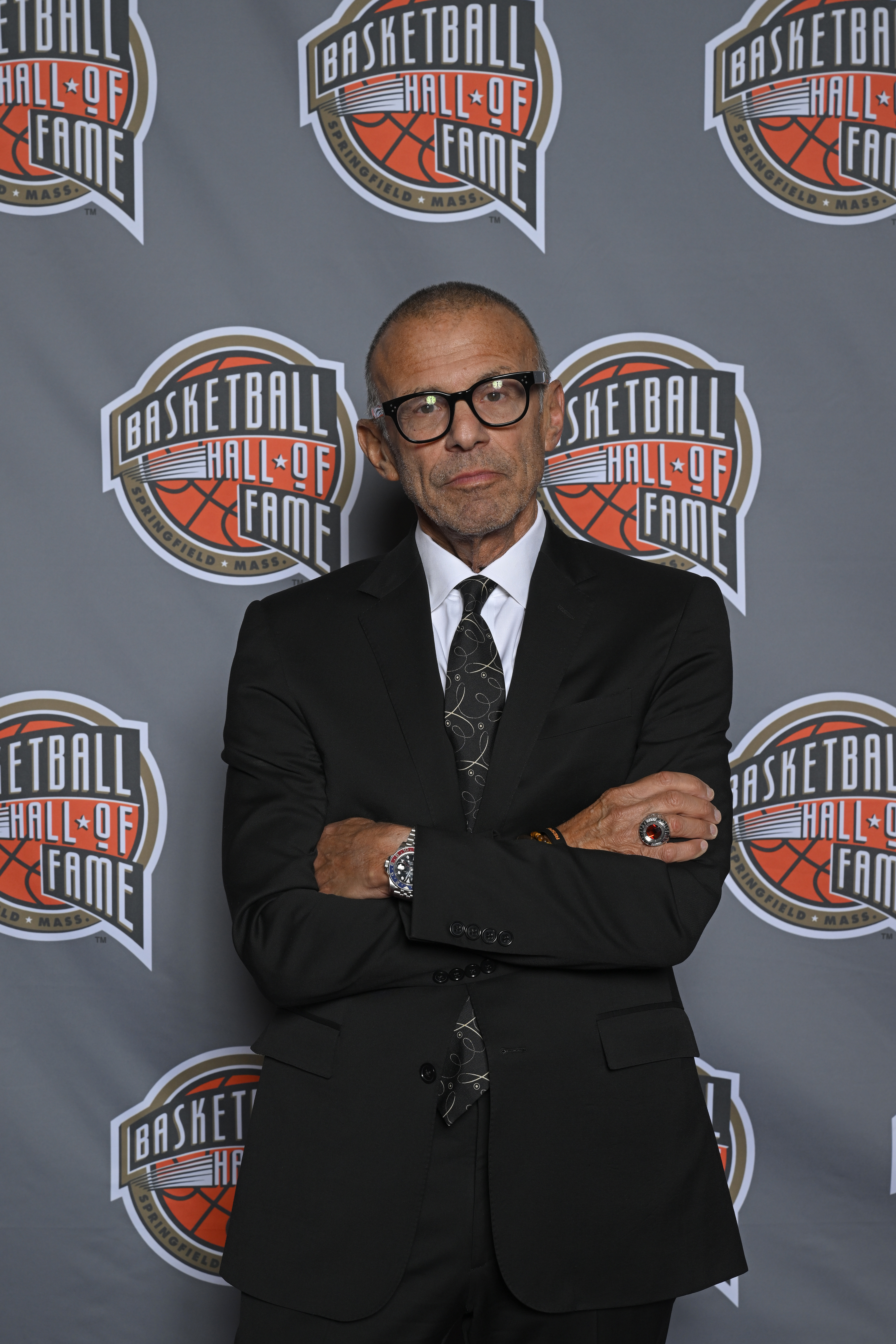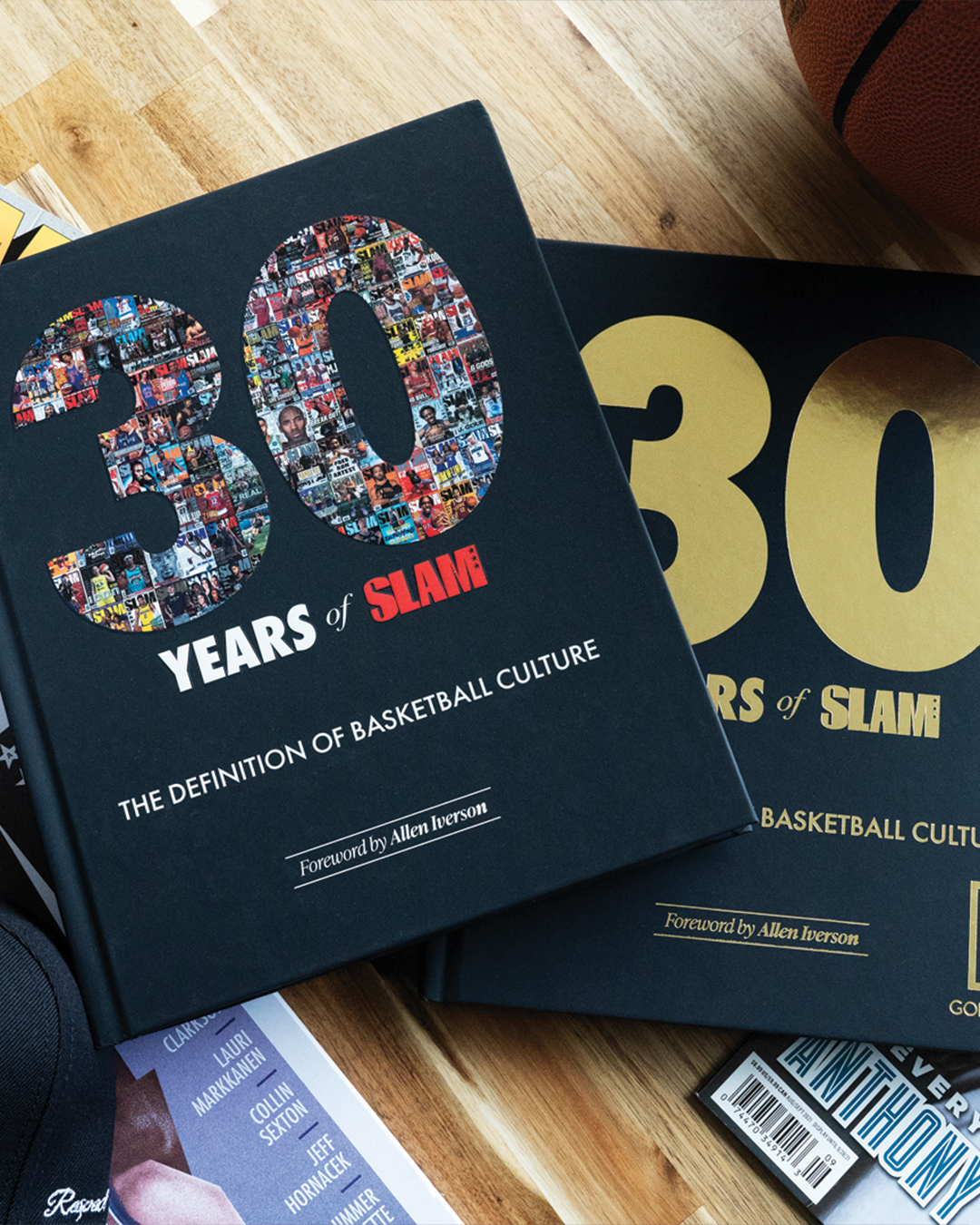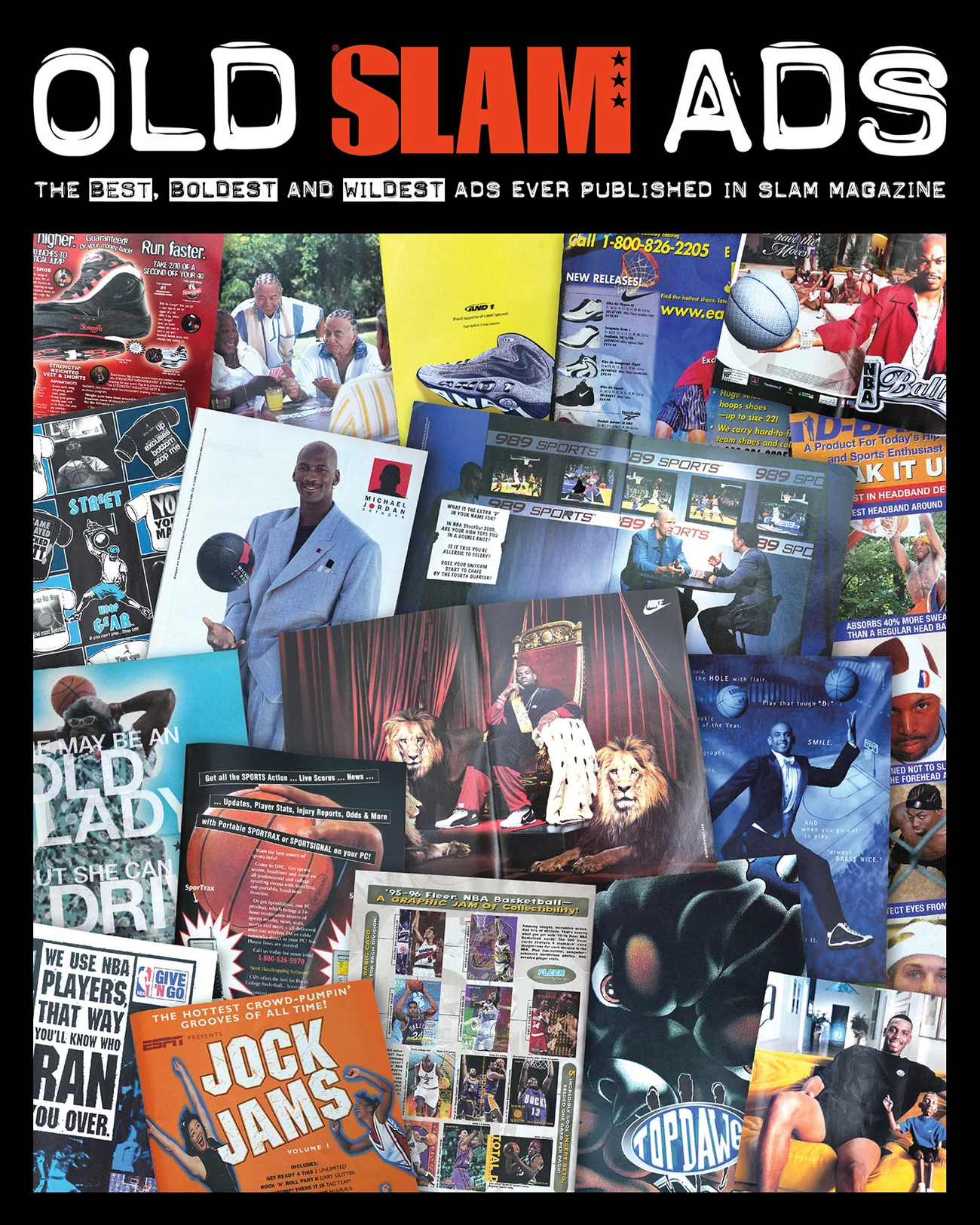Dennis Web page had two essential passions in his life: music and basketball. In 1993, Web page was doing fairly nicely with one among them: He had helped launch the rock and roll journal, Guitar World, in 1980, and was now greater than a decade right into a profitable run as that magazine’s writer. He was glad sufficient to have deserted his earlier life purpose of being a deejay or working for Rolling Stone, however he was prepared to begin one thing new.
Simply as Web page, who had at all times liked hoops as a lot as music (even when he’d by no means labored within the sport), began to get anxious about what journal he may launch subsequent, a buddy of his from the music enterprise, Alan Grunblatt, instructed he begin, successfully, “a hip-hop basketball journal.”
Sports activities media would by no means be the identical.

Skilled athletes have been “cool” for nearly so long as sports activities have existed as a vocation. Web page’s first favourite gamers have been guys he noticed in individual rising up in Trenton, NJ—native legend Tal Brody, and New York Metropolis’s Lew Alcindor, whose Energy Memorial workforce had visited Web page’s hometown to tackle Trenton Catholic. As Web page’s hoops publicity grew with sports activities media’s gradual progress, he fell in love with gamers like Earl “The Pearl” Monroe and Julius “Dr. J” Erving. Then there was Isiah Thomas. And by the early 90s, after all, there was Michael Jordan. However the way in which these superheroes have been coated by the press stayed fairly static. Newspapers targeted on video games and stats. TV targeted on broadcasting video games. Road & Smith’s journal took the time to care about spotlighting younger gamers and Sport and Sports activities Illustrated raised the extent of writing within the area, and Web page devoured all of them. There wasn’t a lot taste, although.
As Web page writes within the intro to the lately launched e-book, 30 Years of SLAM: The Definition of Basketball Tradition, “The thought crystallized as a basketball-only journal from a hip-hop perspective. I might see it in my head clear as day; the design would appear like these Nike/Mars Blackmon/Michael Jordan print advertisements, the images can be pretty much as good as VIBE, and the writing can be irreverent like Rolling Stone.”

There have been some hiccups over the early years—Michael Jordan retired simply as Challenge 1 was being deliberate, Reggie Miller didn’t recognize a few of the jokes made at his expense, some long-time NBA execs and old-school reporters didn’t take pleasure in SLAM’s tone—however kind of, Web page’s imaginative and prescient performed out fantastically. SLAM’s covers confirmed the gamers just like the “rock stars” they have been. SLAM launched vogue shoots to sports activities magazines and has coated the look of basketball gamers in some method ever since (most famously within the 2020s with its must-follow Instagram account, @leaguefits). SLAM launched a KICKS part about sneakers that for a few years was the primary place gamers and followers would flip after they opened a difficulty. The KICKS part begat a KICKS Journal that has come out yearly since 1998 and in some ways set the tone for the now-countless numbers of sneaker mags, blogs, and social media accounts (together with @slamkicks, natch) which have popped up since.
The magazine’s nearly continuous ascension as a enterprise lasted from launch in 1994 to early 2004, when the tenth anniversary subject dropped at a whopping, profitable and Vogue-like 260(!!) pages, full of advertisements from each sneaker model and hip-hop label you can consider and it was the best-selling sports activities journal on American newsstands.
Then the web took over. SLAM—and particularly, Harris Publications, the old-school household writer that operated it—was fairly gradual to determine monetize on-line. Points shrank when it comes to income and web page rely. There have been some terribly arduous instances from a enterprise perspective, however the workers—Web page at all times had a present for hiring and empowering proficient people who have been on the rise within the career, the very best of whom had a present for hiring and empowering a fair newer era of on-the-rise future stars—by no means stopped caring concerning the sport, the approach to life, or the “#slamfam” that stayed loyal by means of all of it.

Whereas SLAM had been gradual to transform to the world huge net, it was lightning-quick as social media turned the brand new place to succeed in followers, surpassing a million followers on Twitter, Instagram, and Fb in a short time on every of these platforms with out ever spending a dime to “purchase” or “enhance” its attain. SLAM was, and is, an natural media outlet fueled by the love of the sport.
Within the most-recent stage of SLAM’s life, from about 2017, when SLAM was acquired by JDS Sports activities and Web page turned an precise half proprietor of the journal he’d began, to at this time, you’ll often “hear” Web page say—both actually, in his traditional South Jersey accent, or nearly, through an Instagram publish or remark—“this shit ain’t simple.”
It wasn’t. And isn’t. However with Web page’s dedication to the sport and the model, and the numerous nice people who discovered from him matching that devotion, SLAM has made it to 30 years and reworked the game each step of the way in which.
Reprinted from the 2024 Induction Weekend Program courtesy of the Naismith Memorial Basketball Corridor of Fame.
Ben Osborne is a longtime sports activities author and editor who served as SLAM’s Editor-in-Chief from 2007-2016.











